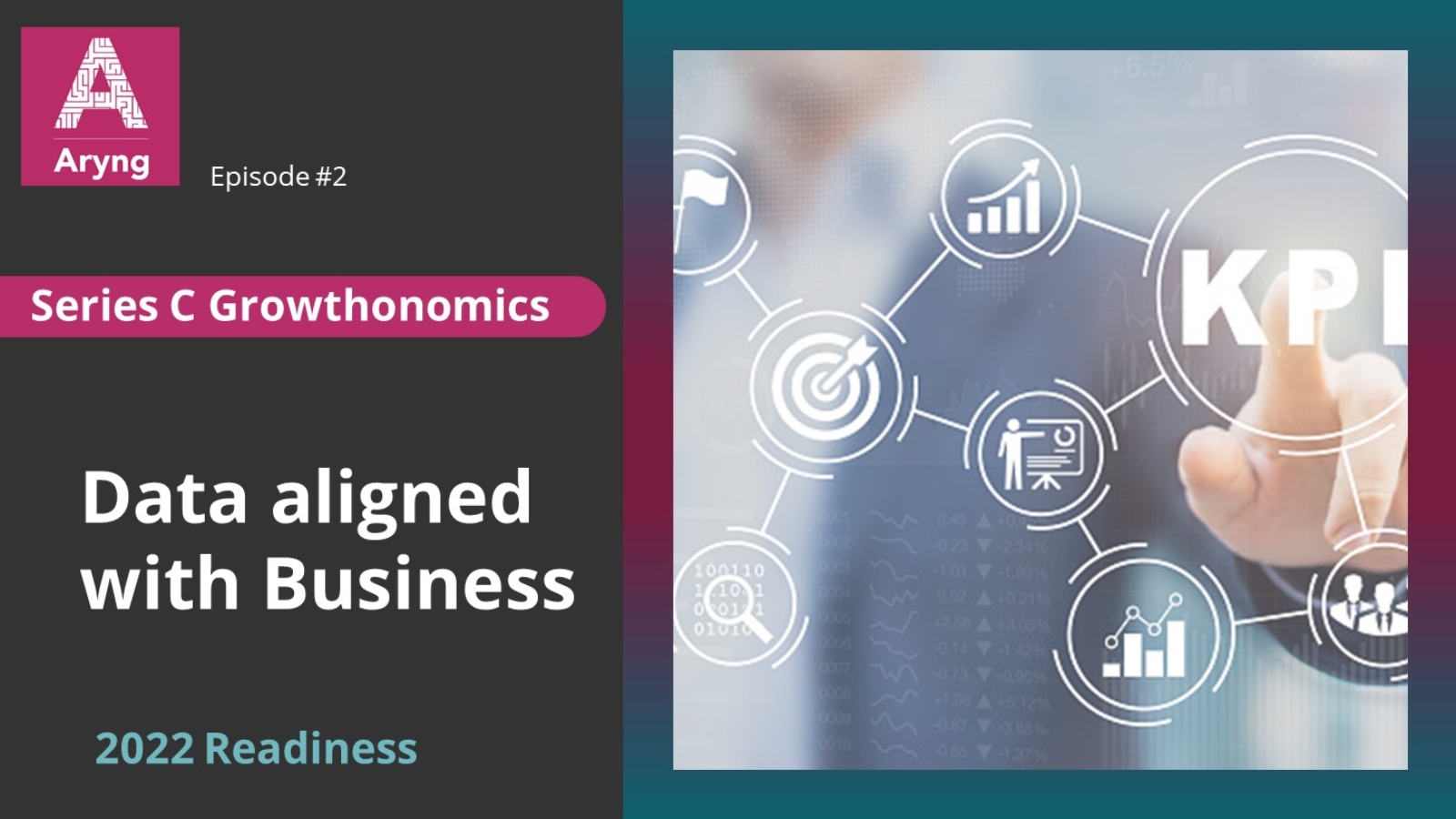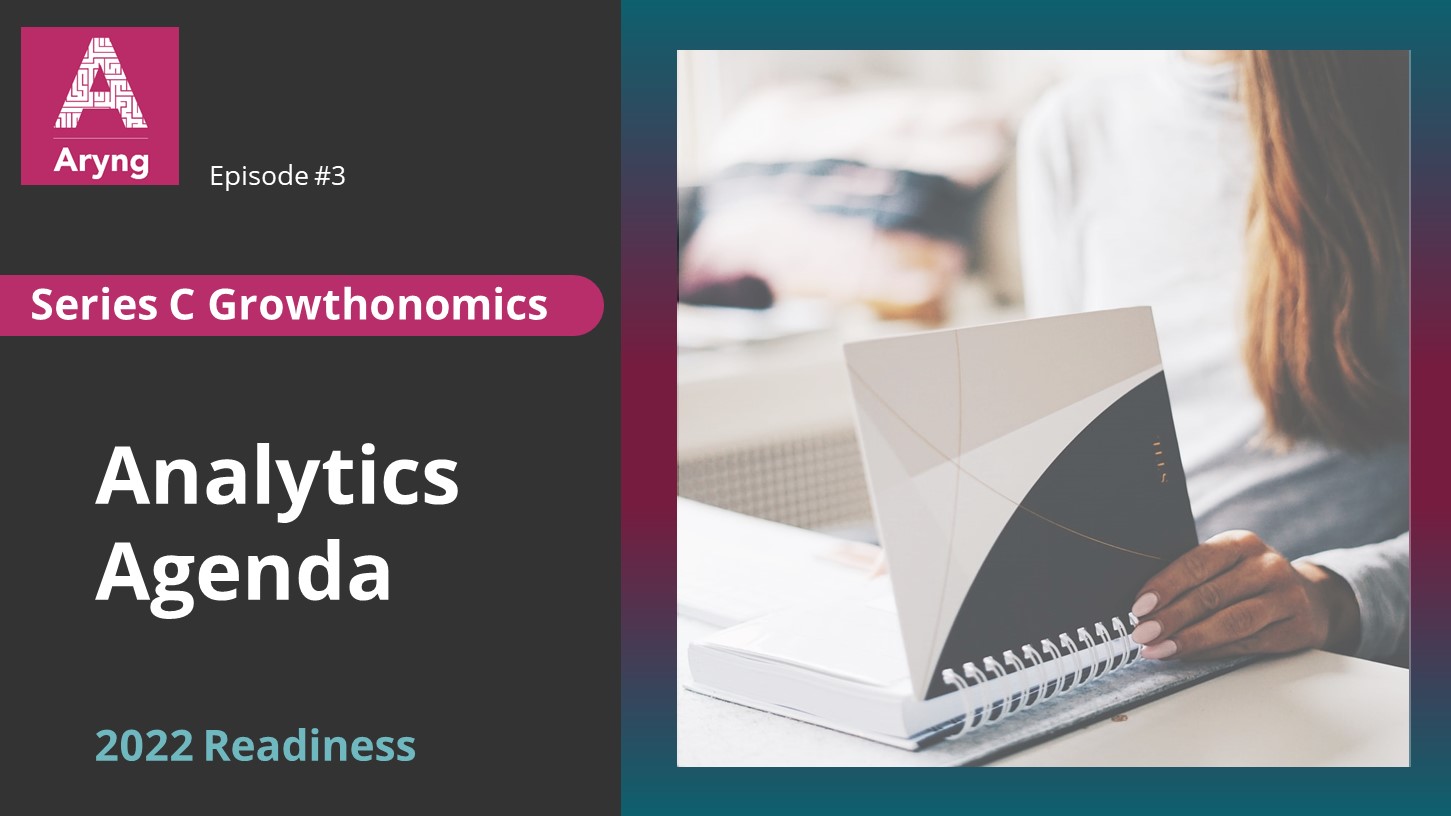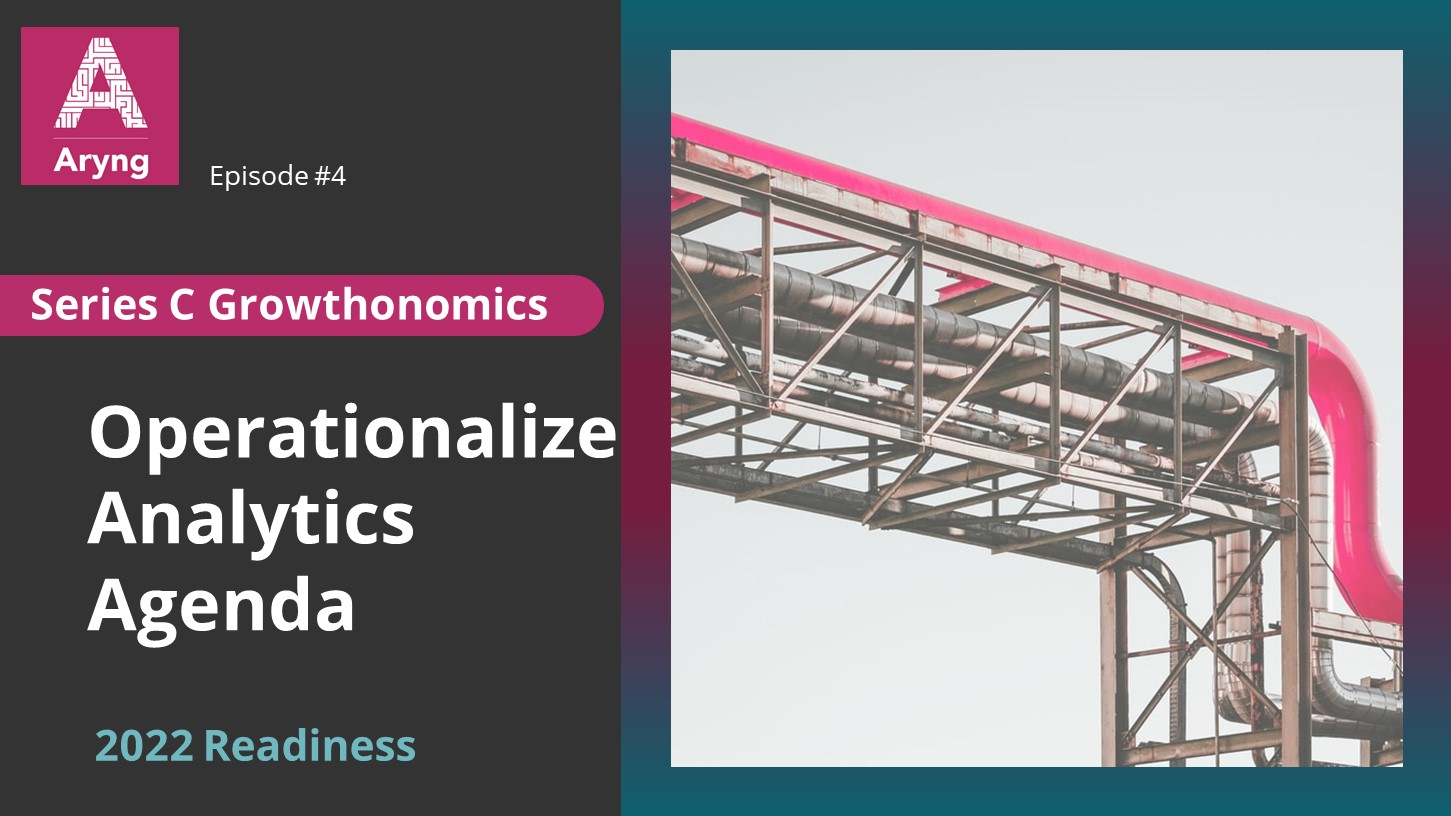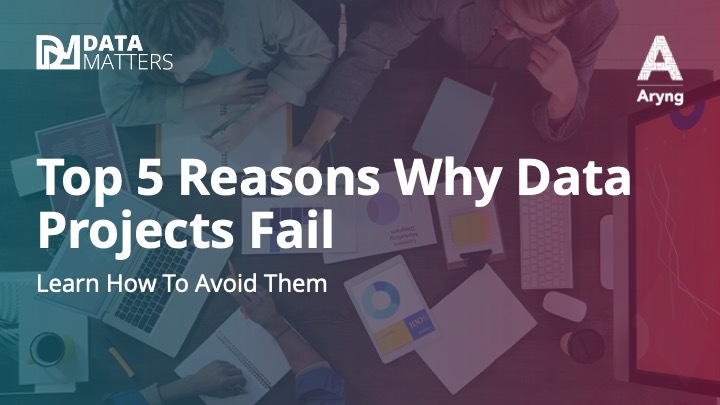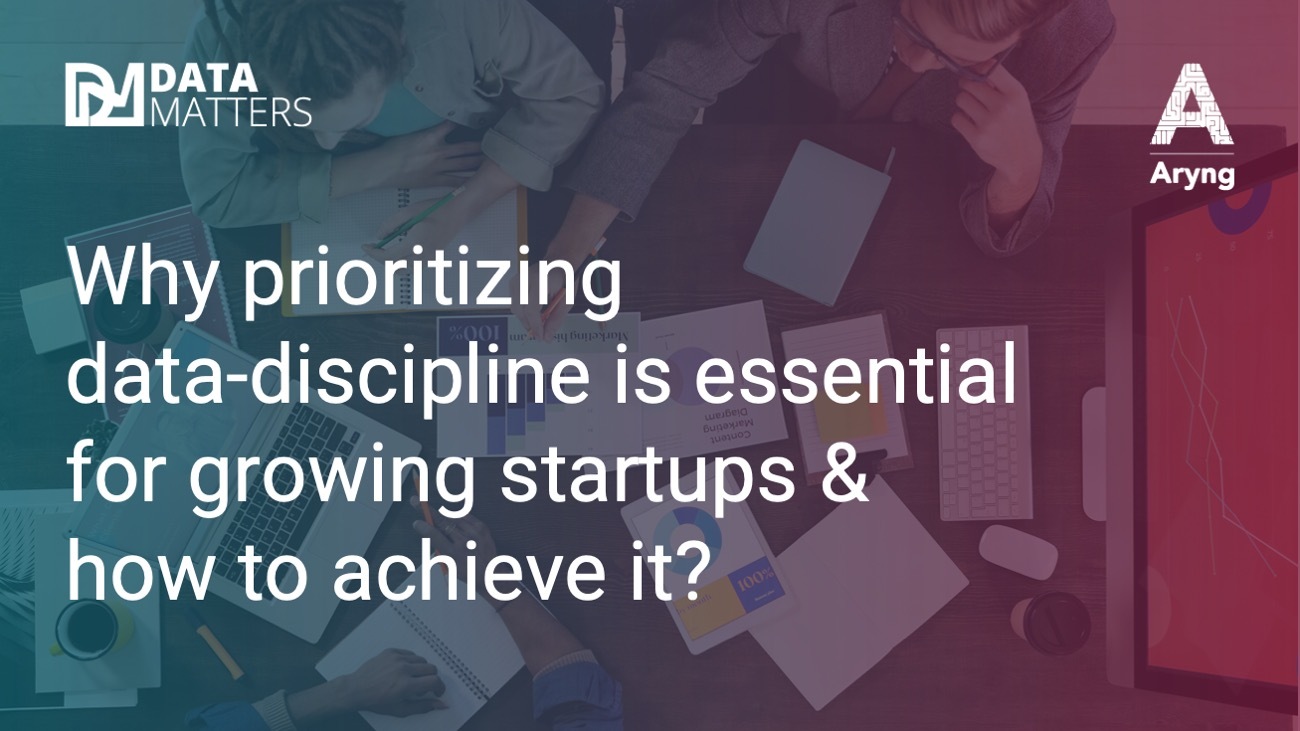Misalignment between business objectives and success metrics is a common problem, especially as a start-up is in its journey of growing and evolving. With the surge in data collection and analytics practices, it’s easy to get lost in its depth and breadth, so make sure to take a step back and confirm the alignment between metrics and your business outcomes.
In this series on start-up readiness, we cover the common problems that stall the growth of start-ups, especially regarding analytics practices and the associated data architecture.
This post will dive deep into the first foundational requirement, aligning the data collected to the business metrics. Although this might sound already done and dusted on paper, it often isn’t implemented end to end. We will dissect and analyze how to enforce this most effectively.
Let’s understand this with an example of a food delivery start-up that started during the 2020 pandemic. As we all know, the restaurants were closed, and the market need for delivery and takeouts increased. The company started with one city, and customers grew from zero to 100k. Google advertising was primarily driving the growth, and they used most of venture capitalist funding to move forward.
The collected data grew along with the company. The respective product and marketing departments started using the data to improve the business and growth. They started looking at metrics such as average delivery time and periodic customer growth.
As we move forward, the question arises about how to grow from 100k to a million customers.
How to keep driving growth
Data-driven Growth Strategy
The critical point here is that one can’t use the same growth strategy as the customer size changes. It’s not scalable if you use the same advertising campaign methodologies and continue working with venture capitalist funds.
You will need to use the data collected thus far to understand the customers further. Analyses on this can include aspects not limited to, who they are, time of the day when they use the app, frequency of use, and the stimulus/notification response.
Initially, they would have won them over by incentivizing customers with zero service/delivery fees. They will have to revise their strategy and create a sustainable business model to drive and maintain the margin. This situation raises the need for exploring your data and getting into the secondary and tertiary analysis.
Secondary and Tertiary Analyses
Once you have collected data for a while, you need to start putting data into data lakes to run deeper analyses. Data lakes help set up dashboards and other business analysis tools that let you see some early insights. Further development on these enables you to understand, for instance, the customer segments and their varying buying patterns.
This data framework allows you to better understand the market and your business performance; this is when dashboards consisting of different metrics and their drill-downs are required.
Connect data and business metrics
Step 1: Invest and Plan
To be prepared for the above two aspects, you will need to invest in your data engineering, infrastructure, and architecture. Most companies don’t do this fast enough and ahead of time, and this shelves many business decisions for later. These situations result in patch-up methods which might need a revisit in the longer run.
The lack of planning could result in a messy architecture and require a revamp as the company scales with broader data.
The critical thing while considering data architecture is reducing the effort to get to the correct data. A bad architecture can result in analysts using several filters to reach the needed data. Bad architecture can often result in analysts putting extra effort into choosing the appropriate filters, resulting in lesser effort on the insights aspect.
The bad architecture of massive data can result in multiple definitions with missing data models and incomplete layers of data.
Step 2: Define the Use Cases
Post planning for the architecture and engineering, you need to think about designing your data for the business use cases. These use cases help you understand the data you need. One could take a top-down approach here, funnelling down the necessary data for the business by connecting business use cases to hypotheses.
You can find more information about shortlisting business use cases here.
Conclusion
Think for your business about the steps mentioned above for connecting data to your business metrics. This exercise on planning the required architecture often helps leave some old tools and incorporate new ones.
In the next post, we will dive deep into what’s required for your company from an analytics perspective, constructing the list of the most impactful projects which move the business forward.

